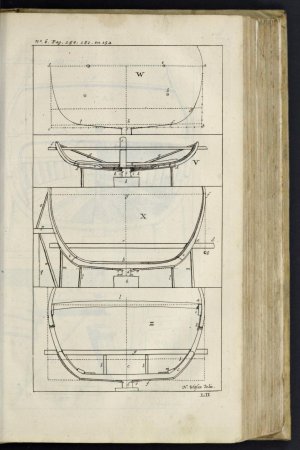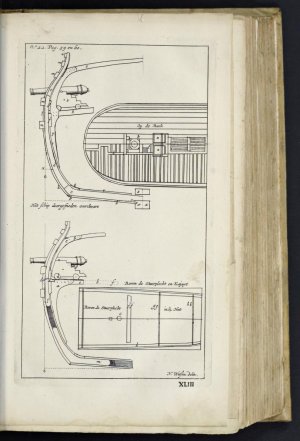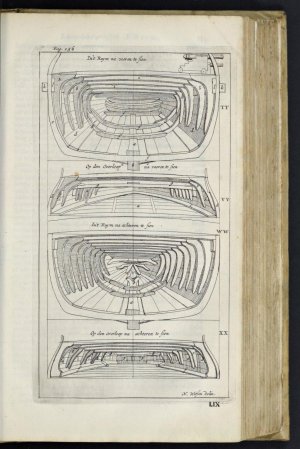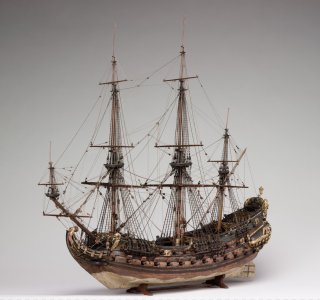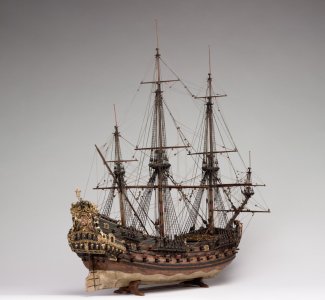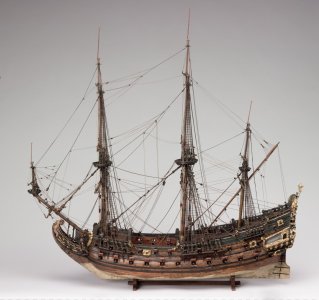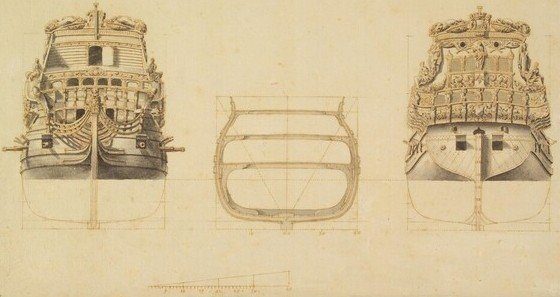I added a loud laughing face after my previous comment, but it did not seem to come through.
I laughed because I am mentioned here as one of the authors of "The Art of Shipbuilding in the Netherlands in the Seventeenth Century". I never wrote that book. As for the rest of the Dutch sources mentioned: of the Dutch items I do know in this list I can assure you that none of them deals with the difference between yachts and frigates in the detailed way presented here. As far as I know our knowledge about 17th century shipbuilding is very limited, especially when it comes to the construction and the characteristics of ships.
This is a time full of miracles and wonderful things, invented by AI. I am still awaiting the moment I am referred to as the King of Atlantis....
I laughed because I am mentioned here as one of the authors of "The Art of Shipbuilding in the Netherlands in the Seventeenth Century". I never wrote that book. As for the rest of the Dutch sources mentioned: of the Dutch items I do know in this list I can assure you that none of them deals with the difference between yachts and frigates in the detailed way presented here. As far as I know our knowledge about 17th century shipbuilding is very limited, especially when it comes to the construction and the characteristics of ships.
This is a time full of miracles and wonderful things, invented by AI. I am still awaiting the moment I am referred to as the King of Atlantis....
Last edited:






